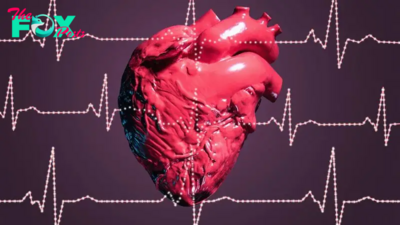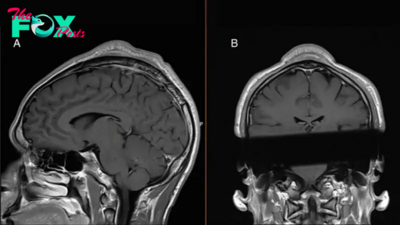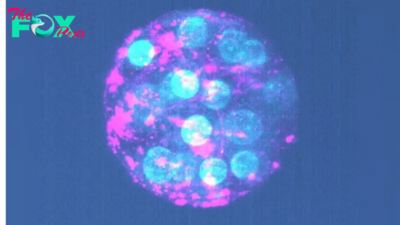Health
Scientists uncover the cells that save you when water goes down the wrong pipe
You take a sip of water but suddenly burst into uncontrollable coughing — your drink has "gone down the wrong pipe." It turns out that this familiar, protective response is instigated by rare, tiny cells in your airways, scientists discovered in a new study in mice.
This finding could help pave the way to new methods for treating respiratory disorders, Ziai Zhu and Xin Sun of the University of California, San Diego, wrote in a commentary of the study. The researchers behind the work suggest it could be useful for treating chronic coughs, for instance, or preventing pneumonia.
When liquid enters the windpipe that leads to the lungs, rather than being swallowed down the esophagus to the stomach, the body automatically initiates safeguarding mechanisms. These include the cough reflex, which flings the liquid out of the windpipe, and the swallowing reflex, which gulps it down into the stomach.
These reflexes help expel any inhaled fluid from the airways as soon as possible, to protect the delicate tissues in the lungs that allow us to breathe. If these protective mechanisms fail, bacteria within inhaled fluid can potentially trigger infection and iNFLaMMAtion in the lungs, known as pneumonia. Acid reflux triggers a similar set of reflexes when the contents of the stomach inadvertently Travel back up the esophagus.
Related: New cause of asthma lung damage revealed
These reflexes kick in thanks to nerves in the airways that relay danger signals to the brain. But these nerves don't do it alone — now, scientists have shown that the nerves get a helping hand from special cells in the lining, or epithelium, of the voice box and windpipe. These cells are known as neuroendocrine cells, and they're considered rare because they make up less than 0.5% of the airway epithelium.
In the new mouse study, published Thursday (April 18) in the journal Science, the researchers revealed that these cells sense both water and acid in the upper airways. In response, they release a chemical called ATP that then activates nerves that shoot signals to the brain.
-

 Health2h ago
Health2h agoHow Colorado is trying to make the High Line Canal a place for everyone — not just the wealthy
-

 Health11h ago
Health11h agoWhat an HPV Diagnosis Really Means
-

 Health16h ago
Health16h agoThere’s an E. Coli Outbreak in Organic Carrots
-

 Health1d ago
Health1d agoCOVID-19’s Surprising Effect on Cancer
-

 Health1d ago
Health1d agoColorado’s pioneering psychedelic program gets final tweaks as state plans to launch next year
-

 Health2d ago
Health2d agoWhat to Know About How Lupus Affects Weight
-

 Health5d ago
Health5d agoPeople Aren’t Sure About Having Kids. She Helps Them Decide
-

 Health5d ago
Health5d agoFYI: People Don’t Like When You Abbreviate Texts



























